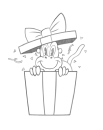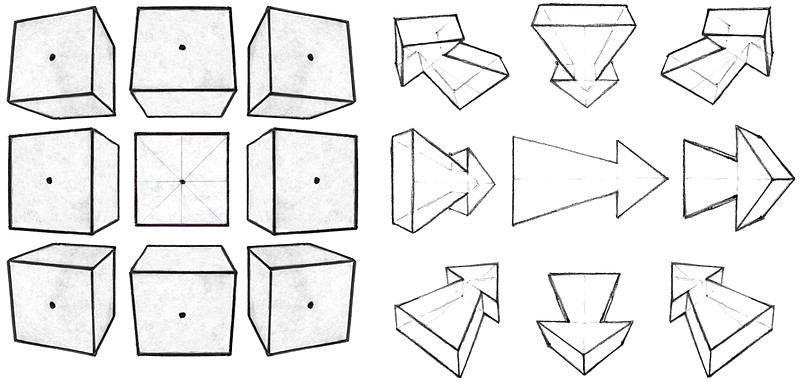What's in Premium?
In this lesson, you'll explore the nine basic positions from which objects can be viewed, including ortho view and angles to the left, right, above, and below. You'll learn how to add depth to your drawings using the Z axis, transforming flat shapes into three-dimensional forms with thickness. We'll examine how angles change with perspective—how right angles become acute or obtuse depending on your viewpoint. You'll also practice drawing arrows in perspective to indicate movement toward or away from the viewer, a vital skill in storyboarding. By working with blocks and arrows, you'll build a strong foundation in perspective drawing, preparing you for more complex subjects.
Get this lesson and more in the premium course!
To build your foundation:
- Draw these blocks and arrows and name their positions (e.g., above left, below right).
- Notice the direction of the X, Y, and Z lines in each position.
- Practice drawing them from memory.
Deadline - submit by April 29, 2025 for a chance to be in the critique video!






















